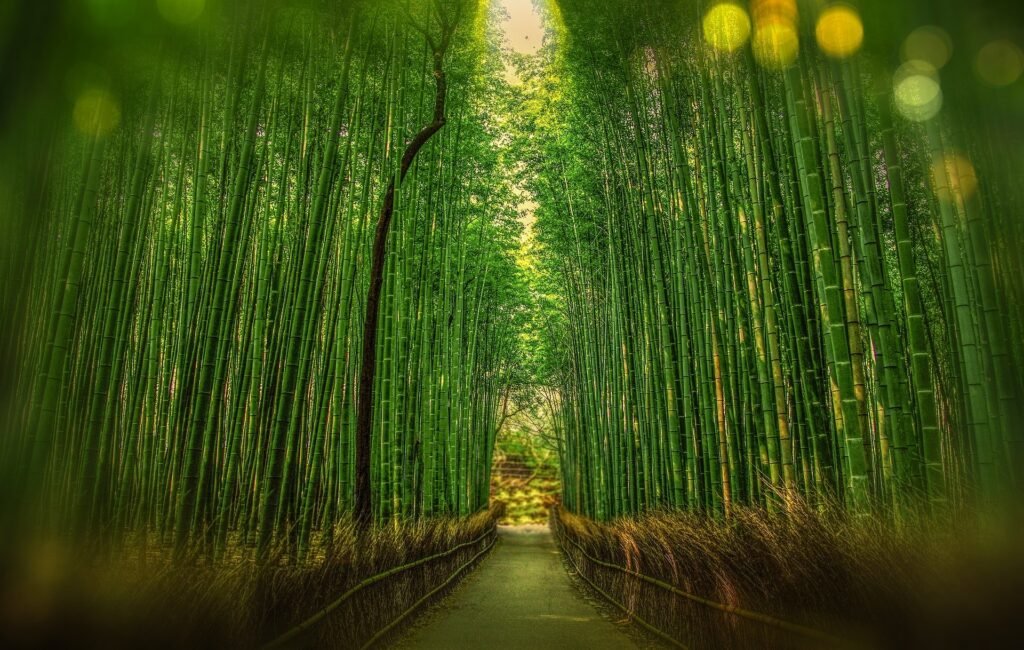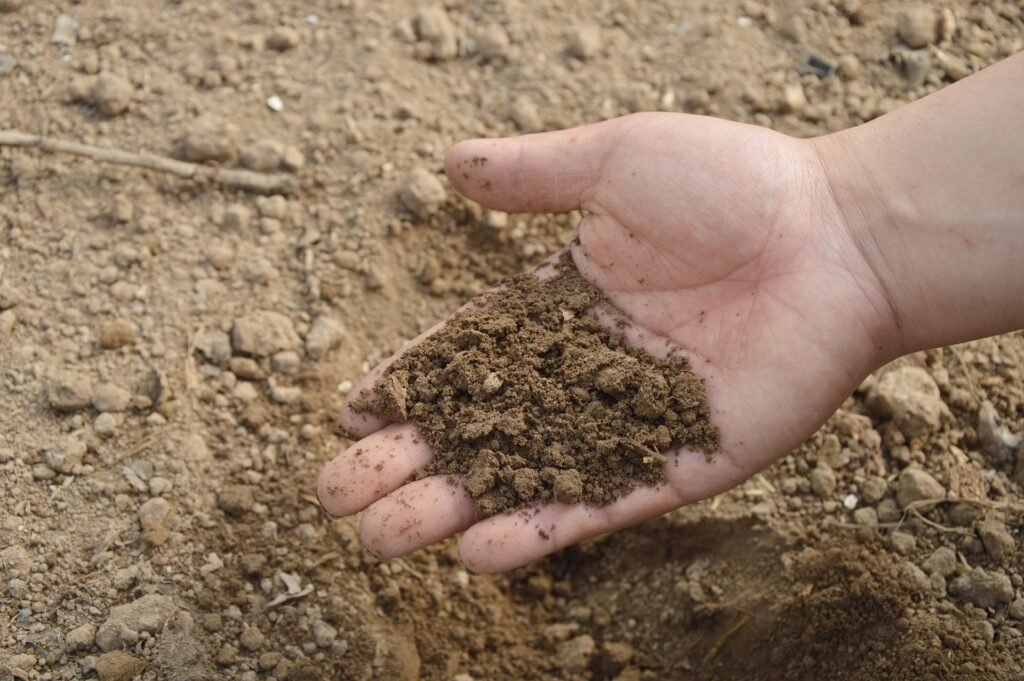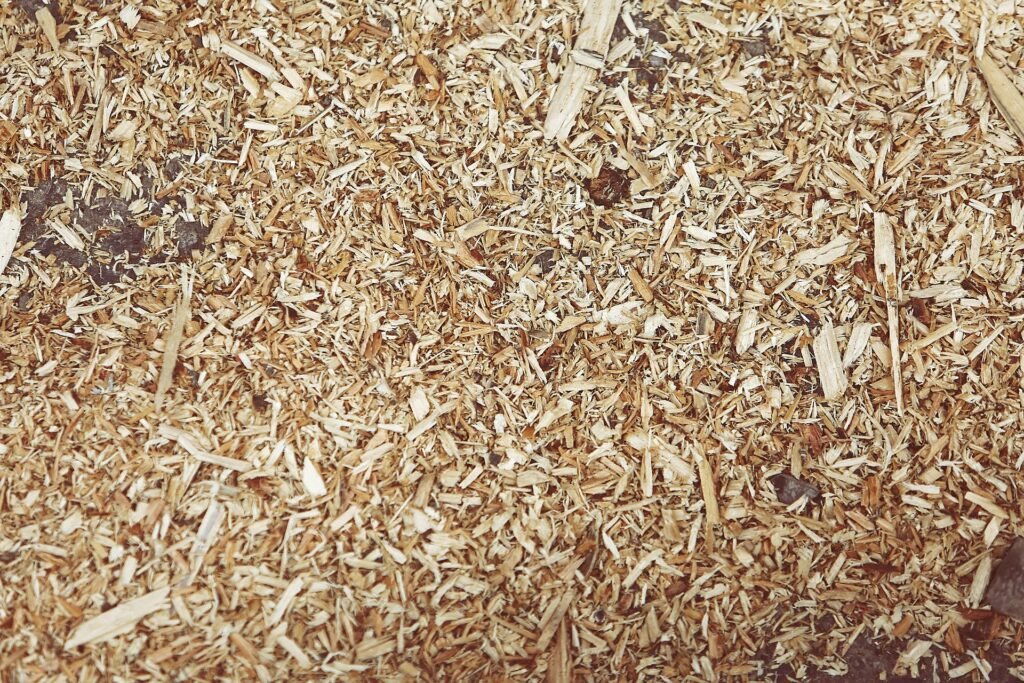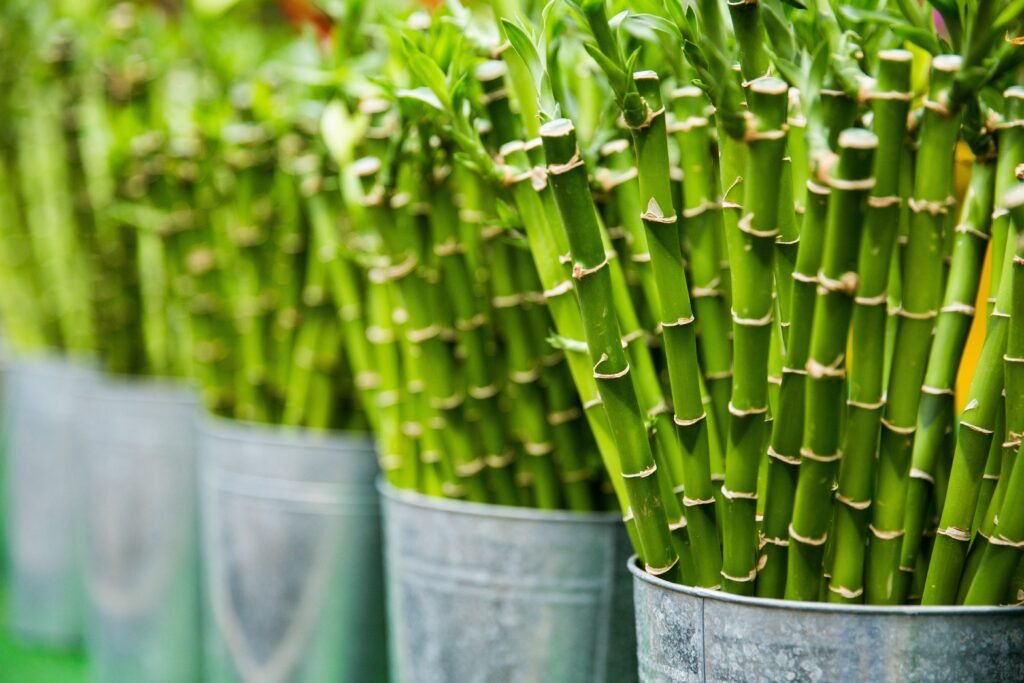How To Make Bamboo Grow Thicker
0Shares
Are you concerned that your outdoor bamboo is too sparse, or could it use a little more thickening up? Do you want to know how to make bamboo grow thicker? You’re in luck; there are a few simple techniques you can use to increase the lushness of your bamboo garden.
From providing it with plenty of sunlight and water to using the right fertilizer – understanding how your plant grows is essential for keeping it healthy and full. In this article, I’ll show you how to pamper your bamboo, so it’s stronger, thicker, and more beautiful than ever before.
All you need is a bit of guidance and dedication; I promise the end result will be worth it! So don’t wait any longer; read on, and let’s get started improving your bamboo garden today.
Planting Bamboo Species Suited To Your Climate

When it comes to growing a healthy and thick bamboo garden, choosing the right species for your climate is important. Bamboo plants can be classified into two main types: clumping and running.
Clumping bamboo grows in tight clusters that make the plant appear denser and thicker while running bamboo spreads out horizontally through underground rhizomes. Depending on where you live, one type may be better suited for your climate.
For instance, if you live in a colder climate, you’ll likely want to opt for clumping bamboos such as Fargesia, Phyllostachys edulis, or Pleioblastus. These varieties are more tolerant of extreme weather conditions such as cold temperatures and snowfall.
In contrast, if you’re in a tropical region with plenty of sunlight and rain all year round, running bamboos like Bambusa or Thamnocalamus may be a better choice. No matter what kind of bamboo species you choose for your garden, it’s important to do your research first; this way, you can select the best variety that is sure to thrive in your specific climate.
Start With Good Soil
Having good soil is essential for growing stronger and thicker bamboo. Look for soil with high nutrient content, loamy, and drains well. Ensure your soil is dry enough, as this can cause unhealthy growth in your bamboo plants. It’s important to consider the soil’s pH level, which should be between 5-6.5 for ideal growth. If you need more clarification about the pH level of your soil, you can test it at a local nursery or garden center with an inexpensive meter.
Add Fertilizer

Fertilizers are an important part of keeping your bamboo healthy and thick. You want to add fertilizer around every three months during the growing season (spring through autumn). Look for fertilizers that are formulated specifically for bamboo – these will usually have higher concentrations of nitrogen, which helps promote strong growth in the plants.
It’s best to avoid synthetic chemical fertilizers, as these can damage the delicate root system of your bamboo plants over time.
Trim The Top
Similar to other plants, bamboo will be forced to concentrate on developing thicker stems and branching out on its lower portions if the top is pruned. The good news is that bamboo plants typically recover quickly and are hearty as before after having their tops chopped off.
Sometimes during the growing season, you can undertake a little trimming and pruning. Prioritize the top region, then move down and shape as you go. Let the fresh shoots alone and take out any dead or damaged culms while you’re at it.
If bamboo plants are excessively thin and slim or the top weight causes them to sag, you can chop them to the ground. For thinner branches, it is advised that you use lopping pruners, and for heavier culms, a handsaw or pruning bamboo saw.
Give Your Plants Enough Sunlight
Your plants need plenty of sunlight in order to grow strong and thick stems. Ideally 4-6 hours per day during the summer months when they’re actively growing. However, too much sun can be detrimental. So, if you live in an area with intense sunlight all year round, consider shading them slightly during peak periods with something like a shade cloth or mesh netting. This will help protect the leaves from burning while still providing enough sunlight for healthy growth!
Water And Mulch Effectively

Applying water to your bamboo plants helps them put down deeper roots and increase nutrient absorption. But what is the best way to do it? Well, a bobbling irrigation system is a great way to quickly and effectively get water to the root system of your bamboo plants without causing runoff. And mulching with organic material is also beneficial for healthy growth. Mulch helps protect the crown and keeps moisture in the soil much better than bare soil.
Give Your Bamboo Enough Space
If you want your bamboo to grow thick and lush, you will have to be generous with the space! Bamboo needs lots of space to spread its roots, allowing it to soak up more nutrients from the soil and form denser canes. When planting, always keep in mind that your bamboo needs plenty of room. Otherwise, the canes will stay thin and won’t generate full growth.
Make sure that you provide enough distance between each shoot and maintain a sufficient perimeter—at least 4-6 feet between clumps—to give your bamboo enough room to thrive!
Stay Away From Rhizomes

In order to get the most out of your bamboo garden, you have to take extra measures, specifically avoiding rhizomes. Rhizomes are underground lateral stems of plants that can spread rapidly through your garden and cause thin, low-lying bamboo growth.
So if you’re looking for thick and healthy bamboo stalks, stay away from rhizomes! Make sure that your soil is aerated and try using organic fertilizer. But mostly, keep an eye on any rhizomes trying to make their way into your garden.
How To Make Lucky Bamboo Stalk Thicker

Lucky bamboo (dracaena sanderiana) is a type of lucky plant that is believed to bring good luck, fortune, and prosperity. If you want your lucky bamboo to have thicker stalks and look more attractive, here are some tips to help you out!
Change the Pot
One of the first things you can try is changing the pot that the lucky bamboo is in. If the pot is too small, it won’t have enough room for growth and will cause the stalks to stay thin. Try increasing the size of the pot by adding more soil or using a larger one if possible. This should help promote better root growth and allow for thicker stalks as well.
Add Fertilizer
Adding fertilizer to your lucky bamboo plant is also a great way to help thicken up its stalks. Most fertilizers are made specifically for plants that need extra nutrients, like lucky bamboo. Therefore, make sure to read the directions when applying it and only give it water mixed with fertilizer every couple of months or so.
Doing this regularly will also ensure that your plant has enough minerals and other essential elements needed for healthy growth and thickening of stalks.
Change Its Environment
Another easy way to ensure your lucky bamboo gets plenty of light and air circulation is by changing its environment occasionally. If it’s in a shady area where it doesn’t get enough natural light, try switching it around to get more sunlight throughout the day.
Also, if there isn’t much airflow in its current location, try placing a fan nearby or keep a window open near it throughout the day so that fresh air can reach it more often. These two changes should help thicken its stalks significantly over time as well!
Repotting Regularly
Finally, repotting your lucky bamboo plant regularly is important for keeping its stalk thick and healthy too! Every couple of months or whenever you notice changes in its condition, like yellow leaves or wilting stems, repotting will refresh soil nutrients and stimulate new root growth, which helps prevent weak stalks from appearing altogether. With these tips in mind, you’ll have beautiful thick stalks on your lucky bamboo plant before you know it!
Frequently Asked Questions
Q: Do I need to put a bamboo root barrier in place?
A bamboo barrier effectively constrains the spread of bamboo and keeps it in a single spot. They’re made up of high-quality, heavy-duty, durable material to ensure that your bamboo is restricted yet still gets all the nutrients it needs to grow healthily. Whether or not you need one depends on your bamboo plants’ size, species, and aggressiveness factors. If you’re worried about them spreading beyond their designated area too quickly, then it’s probably worth investing in a barrier. Plus, they look great too!
Q: Does bamboo culm thickness depend on the age of the plant?
Many people are curious about the relationship between bamboo culm thickness and the age of a plant. Some believe that as the plant ages, the culm thickness increases significantly. However, while it is true that older bamboo plants tend to be thicker than younger ones, studies have found that this is not a consistent trend. The actual culm thickness can vary greatly depending on species differences, climate variations, and other environmental factors. All of which can influence the growth rate of the plant regardless of its age. So while increasing age might lead to greater culm thickness for some bamboo plants, overall, this is not an exact science!
Q: How does bamboo hedge and bamboo shoot growth affect culm thickness?
Bamboo hedges and bamboo shoot growth can significantly impact the thickness of culm in bamboo plants. By regularly pruning bamboo shoots and hedges, you are promoting growth in the plant’s thickest culms. This is because the plant shifts its energy towards producing fewer but thicker branches instead of continuing to produce thinner, less solid branches. Additionally, when there is a lot of foliage surrounding a bamboo plant’s culms. It can cause them to become spindly and thin compared to what they would be in an environment with ample sunlight and air circulation. By pruning or trimming your bamboo hedge and shoots appropriately, you can maintain the healthiest possible environment for your bamboo to grow its fullest culms.
Q: What is the right way to trim bamboo leaves?
In order to avoid harming the leaves or plant, choosing suitable equipment and operating it properly is crucial. Try using scissors for little, shallow foliage, but you might need something more powerful, like loppers or hedge shears, for harder foliage. Constantly check your tool’s blade for sharpness to ensure clean cuts, as jagged edges frequently result in infection-causing open wounds. When trimming, use caution as it’s simple to go overboard and remove excessive leaves. A wonderful piece of advice is always to keep things simple. Before thinning out any areas with excessive growth, start by eliminating dead or broken portions to create a balanced appearance.
Q: Why are my bamboo roots exposed?
This is a common issue with bamboo plants, but fortunately, you can take some easy steps to ensure your bamboo roots stay healthy. The cause of exposed roots stems from the soil getting too dry and dense or if your plant isn’t being given proper drainage in a pot with no drainage holes. You’ll want to ensure your soil is always evenly moist, so lightly water your bamboo when the surface starts to look dry. And, if you’re planting it in a container, try using a porous potting mix with perlite for better drainage. These measures will reduce the chance of drying out and root exposure!
Final Words
Growing bamboo can be a fun, rewarding project. Not only is it beautiful, but it can also provide you with the privacy and shelter you may need in your space. Making bamboo grow thicker doesn’t have to be difficult either. All you need are regular watering, fertilization, and pruning practices – it doesn’t take much! Additionally, planting multiple varieties of bamboo increases the thickness of the foliage. Therefore, if you’re looking for a thicker look, it might be something to consider. Keeping on top of these simple techniques will leave you with robust and full plants that offer both beauty and functionality. Have fun and get growing!
0Shares
